A Moray explorer well-known for documenting WWII sites and finding car wrecks has shared his latest discovery.
David Hendry, who has also dug up over 100 classic cars across the north and north-east, told The P&J about a “very rare” item he unveiled last week.
Mr Hendry, of Lossiemouth, was at the abandoned Bishopmill quarry near Elgin when he saw something potentially interesting hidden next to a 1980s crisp packet.
The explorer started digging up and was shocked to uncover the remains of a war aircraft.
After washing it up, he realised it was the oil tank of a Fairey Firefly, a WWII carrier-borne fighter aircraft, dated April 1952.
Rare aircraft could be Fairey Firefly that crashed in Lossiemouth in 1953
Mr Hendry believes his rare discovery, which is “in very good condition”, could be the remains of a Fairey Firefly that crashed in Lossiemouth in 1953.
According to the Aviation Safety Network, a Fairey Firefly of the 766 Squadron from the HMS Fulmar, which is the current RAF Lossiemouth base, crashed onto the West Beach at Lossiemouth on July 2, 1953.
It was reported the reason for the crash was unknown, but an engine failure was suspected.
The aircraft’s pilot, Sub-Lieutenant Peter R.G. Pfaff, lost his life in the accident.
Regarding his discovery, Mr Hendry said: “I reckon it got dumped at the Brumley Brae aircraft scrapyard and someone took it and then dumped it in Bishopmill Quarry.”
Oil tank is now in a museum
Like Indiana Jones would do when finding a historical piece, Mr Hendry took the oil tank into a museum.
The 72-year-old remains are now at the Morayvia Aviation Museum in Kinloss.
The Lossiemouth explorer previously gave the museum a 1940s Shelduck drone.
Regarding his discoveries, Mr Hendry insists they are completely effortless.
“That’s the thing, I just find things without trying,” he concluded.
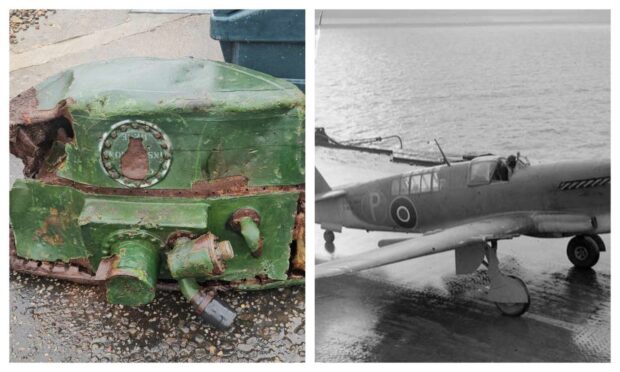
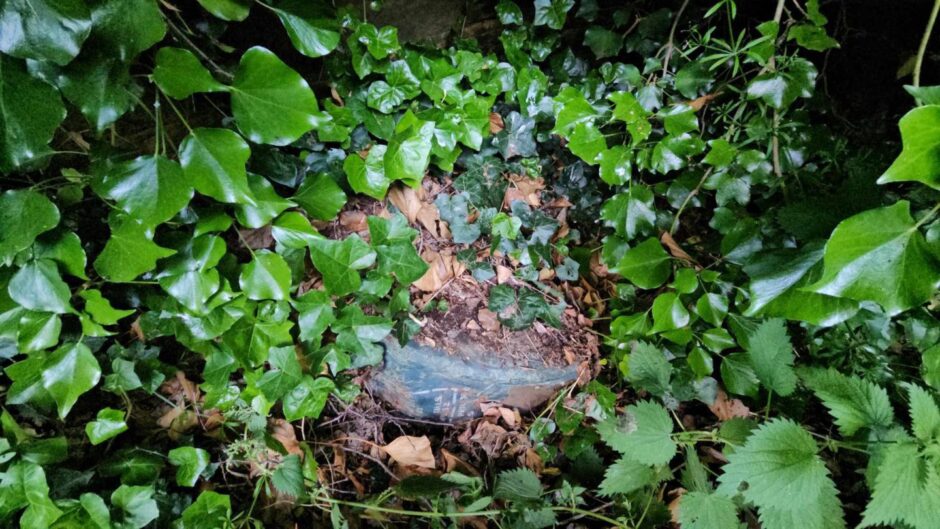
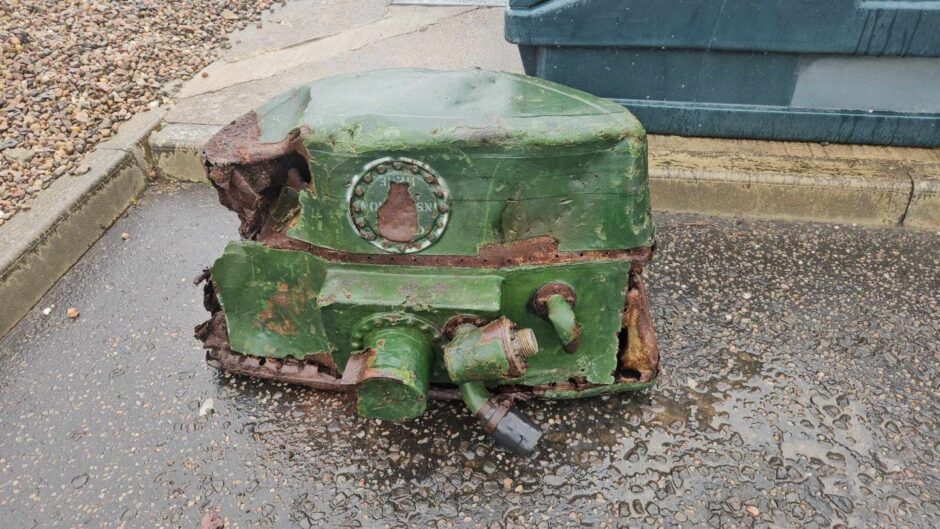
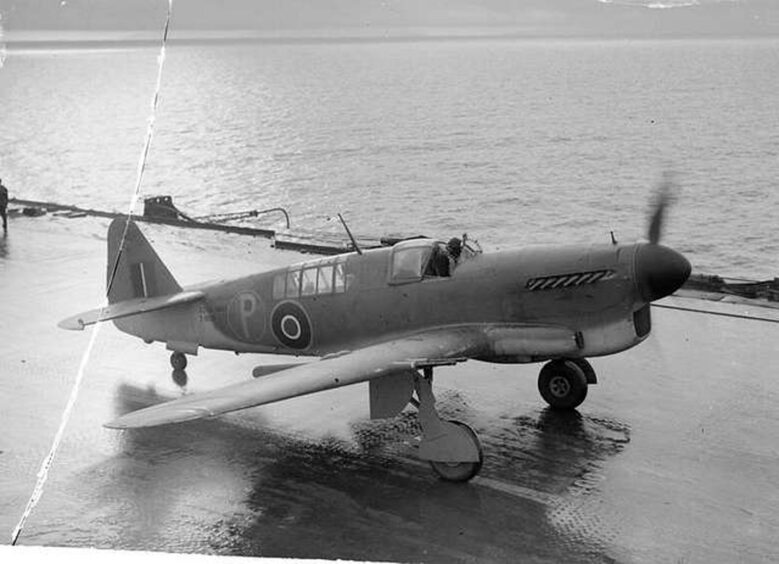
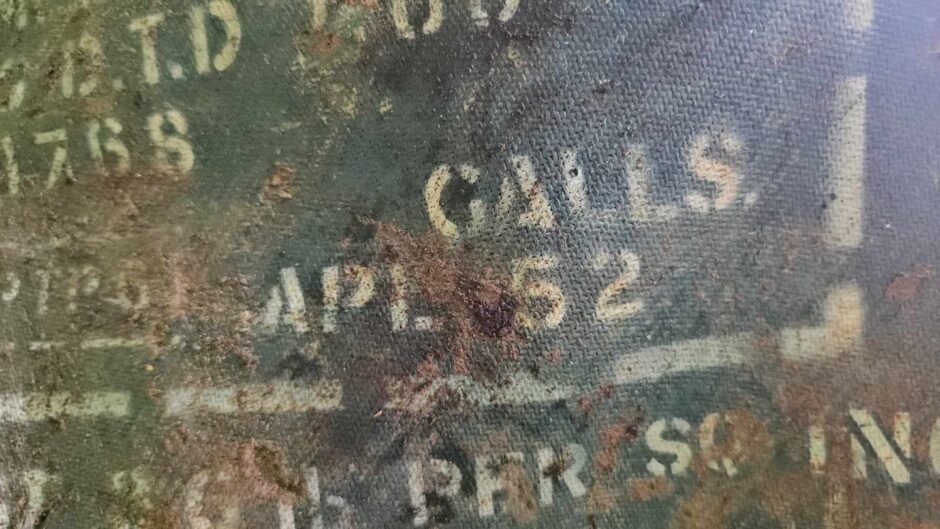
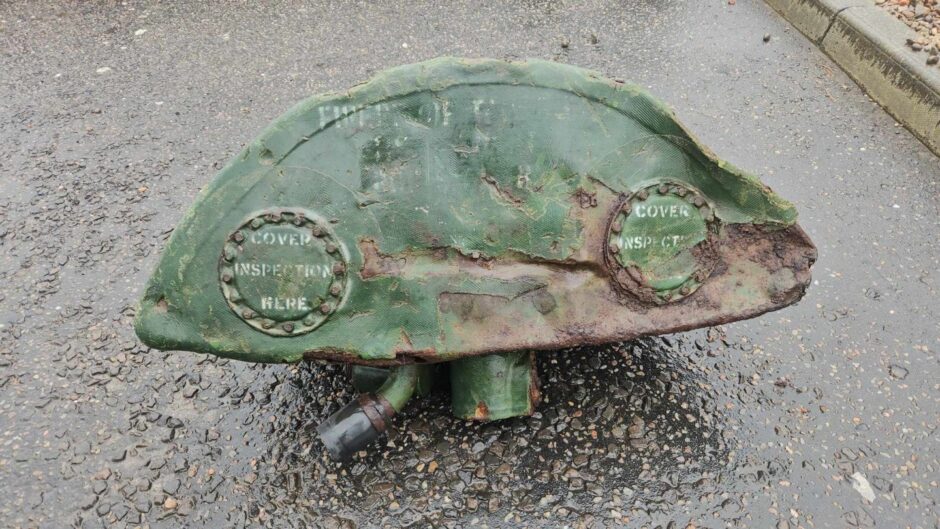
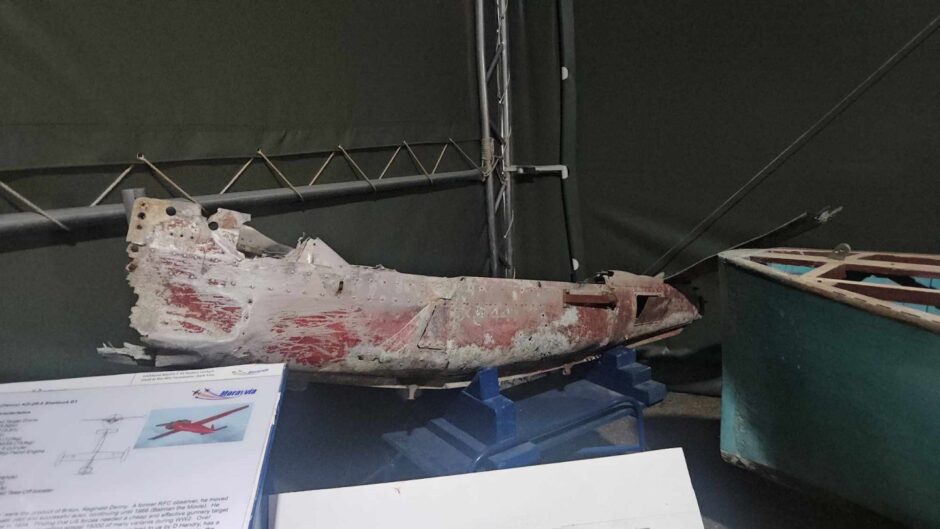
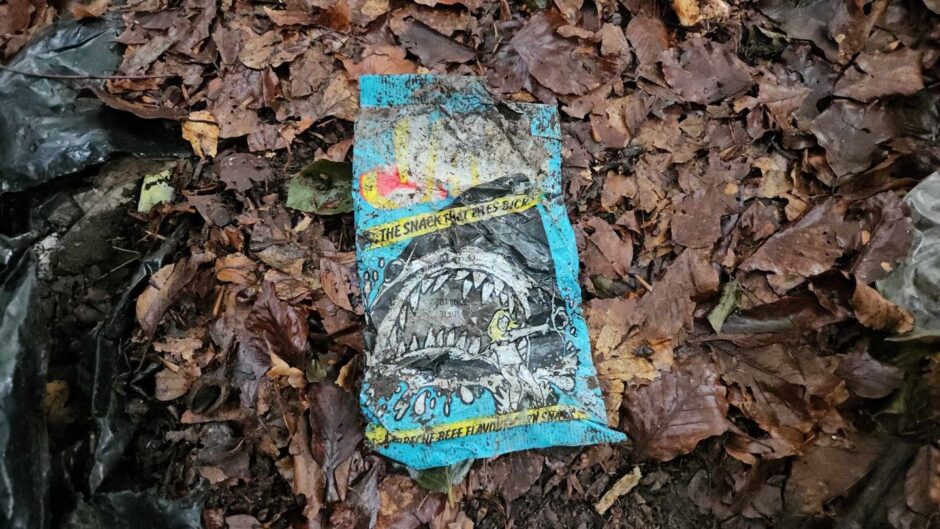
Conversation